According to contemporary artist Nicolas Ranellucci, a later-comer to art, time is longer in art than in everyday life.
The concepts come to us from our life experience. Sleeping, walking in an alleyway, picking a mushroom, listening to the wind… They are a set of moments that can translate into a concept. For me there are thousands of possibilities in the infinite worlds hiding in the invisible. It is a question of finding them and the right medium to execute them.

Take us to the beginning. How did your tryst with art begin?
I came late to art. When I was young I liked to draw and do comic strips with my friends. I didn’t know that we could have a career in art and live as an artist. At the age of 20 I didn’t know what to do with life but I was doing a lot of graffiti. I discovered a community – painting on the wall, drawing sketches and developing my style. My life turned out to be centred on art. I decided to go to university and be serious about it. I bought canvas and started painting, and met with other artist and professor. So, my life changed after university. I began to get gallery exposure and artist-run centres. I was now an artist doing things in my studio.
What is the primary role of an artist?
I believe that the essential role of the artist is to be like a microscope for society.There is in the artist the duty of a poet as well, as an attachment to the living.
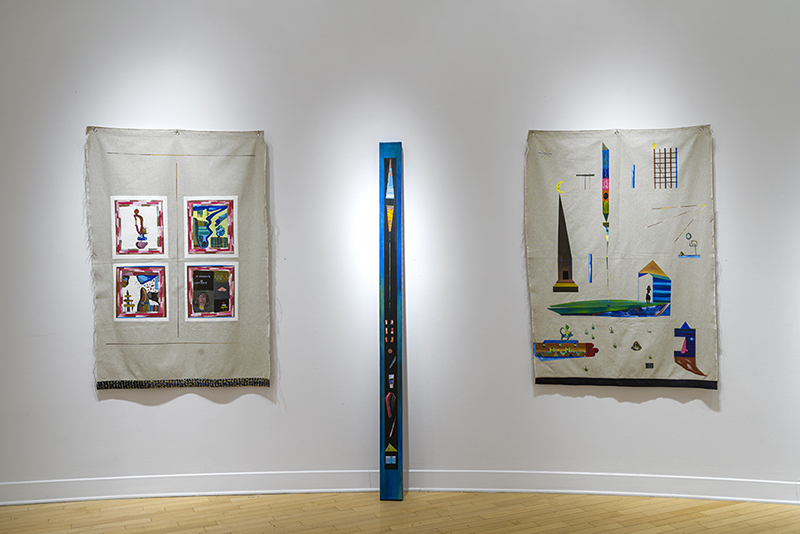
How do you deal with the conceptual difficulty and uncertainty of creating work?
The concepts come to us from our life experience. Sleeping, walking in an alleyway, picking a mushroom, listening to the wind… They are a set of moments that can translate into a concept. For me there are thousands of possibilities in the infinite worlds hiding in the invisible. It is a question of finding them and the right medium to execute them.
Let’s talk about the evolution of your practice over the years. Tell us about your commitment to your current medium.
When I started, I was a painter who painted pictures with somewhat fantastic and dream-like universes. But currently I want to build fantastic landscapes in gallery spaces. So now I have several mediums with which I work, like installation, sculpture, and photography. For me now the canvas I paint is found on the floor and the walls of a gallery. I try to build immersive spaces.
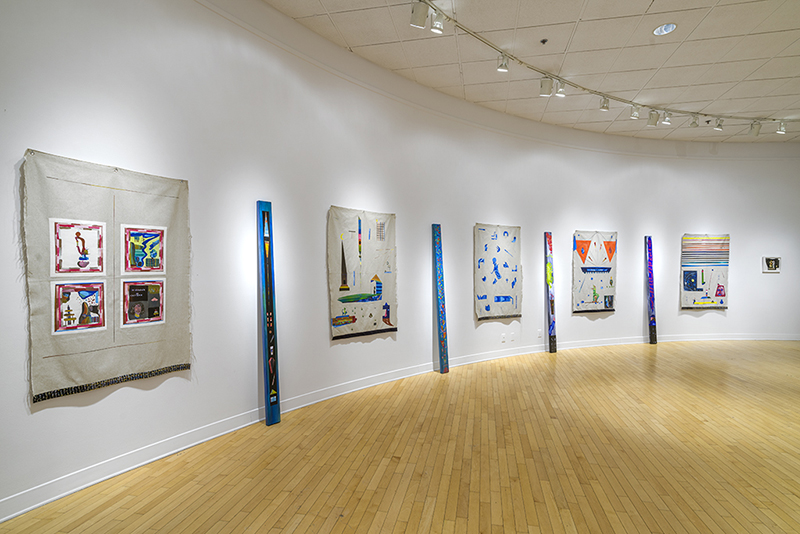
What were your biggest learning and hiccups along the way?
My greatest learning is that time is long in art, longer than “everyday time”. An artistic approach can be better understood in the long term.
How does your audience interact and react to your?
In general, viewers are attracted by the irony, the imagination, the play and the dreamlike nature of my work.
What are you looking for when you look at other artists’ work? Who are your maestros?
When I am the viewer I look for an artistic work that questions the world in which I live in. I really like the work that I do not understand at first sight. I appreciate the work of former painters. That is to say the Flamand painters like Pieter Brueguel and Hieronymus Bosch, as well as the primitive Italian painters like Cimabue and Giotto. I have a great curiosity for the destinies of writers like Hermann Hesse.
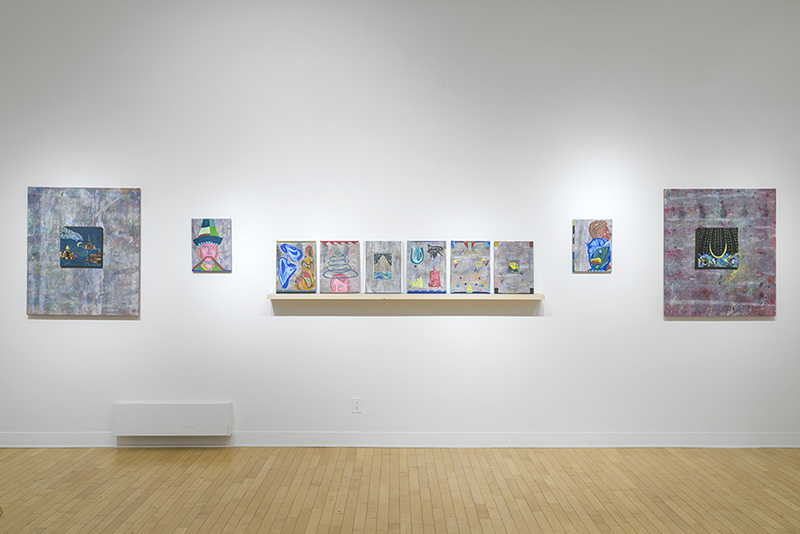
How do you balance art and life?
I try to reconcile my life as a father and an artist with my girlfriend. We have a pre-programmed schedule and we stick to it. So, it’s easier for both of us to follow through on our artistic intentions.
Let’s talk about duality. Artists often experience contradicting motivations in the commercial versus the creative. How do you strike a balance?
I do the work I want and we will see if the system likes it or not. For me the most important thing is to stay true to my first intentions.
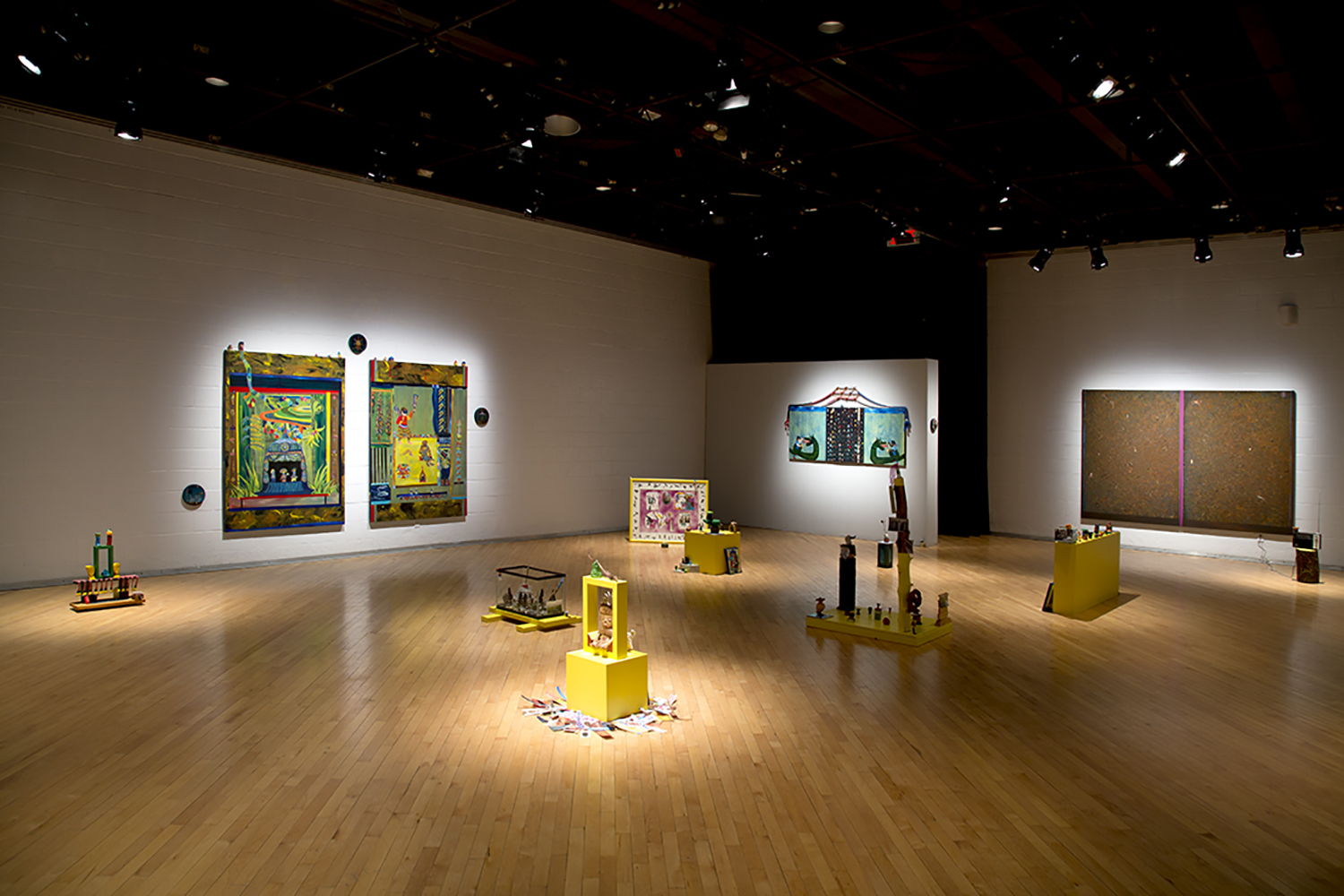
Do you handle the commercials yourself or is it outsourced to a gallery or an agent?
I had a gallery in the past but now I do everything by myself.
Are you more of a studio artist or naturally collaborative by nature? How do you feel about commissions?
I really like to work in the studio alone, but I also like collaboration with other artists than with gallery owners or curators.
What are you working on now? What’s coming next season?
I am working on an illustrated poetry collection, and also a duo exhibition.
Before you go – you might like to browse our Artist Interviews. Interviews of artists and outliers on how to be an artist. Contemporary artists on the source of their creative inspiration.








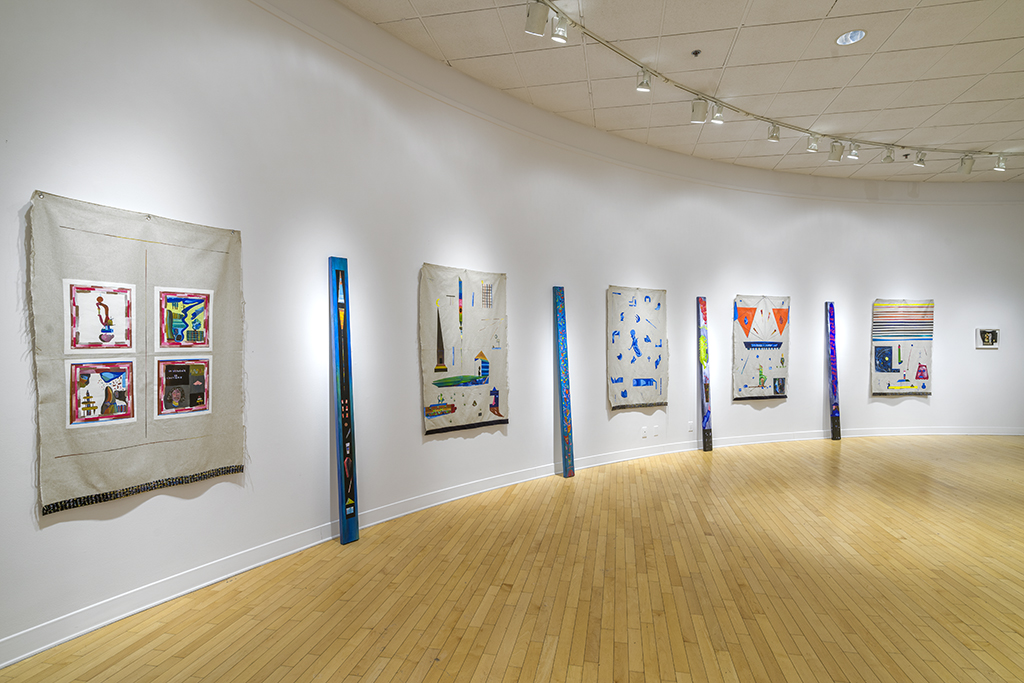



Add Comment